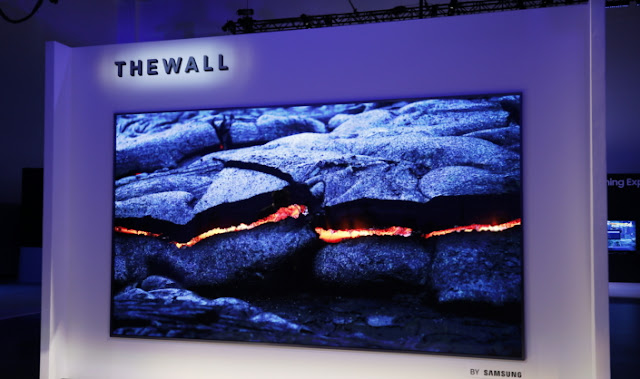Throw those Sleeping Pills Away: there’s a New Sleep Partner in Town: The Philips SmartSleep
For those who don’t sleep easy or who only manage to get a few hours of sleep, sleeping pills and the rest seem to be a commonplace phenomenon in their medicine cabinets. Only those who don’t get a goodnight’s sleep are aware of the actual importance of it. That’s not to say that others out there don’t know of the same but when you have something you don’t really comprehend the value of it till it’s gone. Well, all that’s going to change with Philips SmartSleep
Philips SmartSleep was recently launched at the CES held in Las Vegas, the company claims to give you a better night’s sleep without needing to put in any extra hours of dosing. You will reportedly get up feeling more alert, refreshed and rejuvenated.
What is Philips SmartSleep about?
Philips SmartSleep is a foam-like headband that is supposed to give you a relaxing night’s sleep. This gadget plays soft soothing sounds to help you get that good night’s sleep. It is said that while playing these relaxing tones from the Philips SmartSleep you can get more energy from your sleep.
Besides recording the quality of your sleep on to an app that connect to the Philips SmartSleep, that you can check in the morning, the Philips SmartSleep kicks into motion once you enter a “slow wave sleep”, which is basically a sleep stage where your breathing slows as well as your heart rate with relaxed muscles. For those who don’t get sleep easy, reaching this stage itself might be difficult and in that case how much good this product will do is anyone’s guess.
How does the Philips SmartSleep really know when you’ve reached that stage of sleep? The answer is simple there is a lot of complex algorithms involved in the Philips SmartSleep. These algorithms were made in close partnership with various neurologists and doctors.
The Philips SmartSleep has sensors in it that helps detect when a person is in the said stage of sleep. The customized tones are then played when a person is in this stage of sleep, with the tones playing through an integrated speaker, the tones are played at a volume and their timing is all customized to make this stage of sleep more relaxing and lasting while using the Philips SmartSleep.
Testing conducted on the Philips SmartSleep:
Philips says that they have tested this product on people who don’t really get enough sleep because of their hectic lifestyles and they go on to say that about 70% of this test population found that they got a feeling of being less tired when using the Philips SmartSleep. The target market is seemingly those who don’t get enough sleep, not those who have a difficulty in sleeping in the first place. The test subjects were shown to be more alert, having a higher level of energy and who had a better quality of sleep overall.
As to how many were exactly tested, there is no clear indication. Philips also goes on to say that the Philips SmartSleep is clinically proven and is the first sleeping wearable that is come out.








